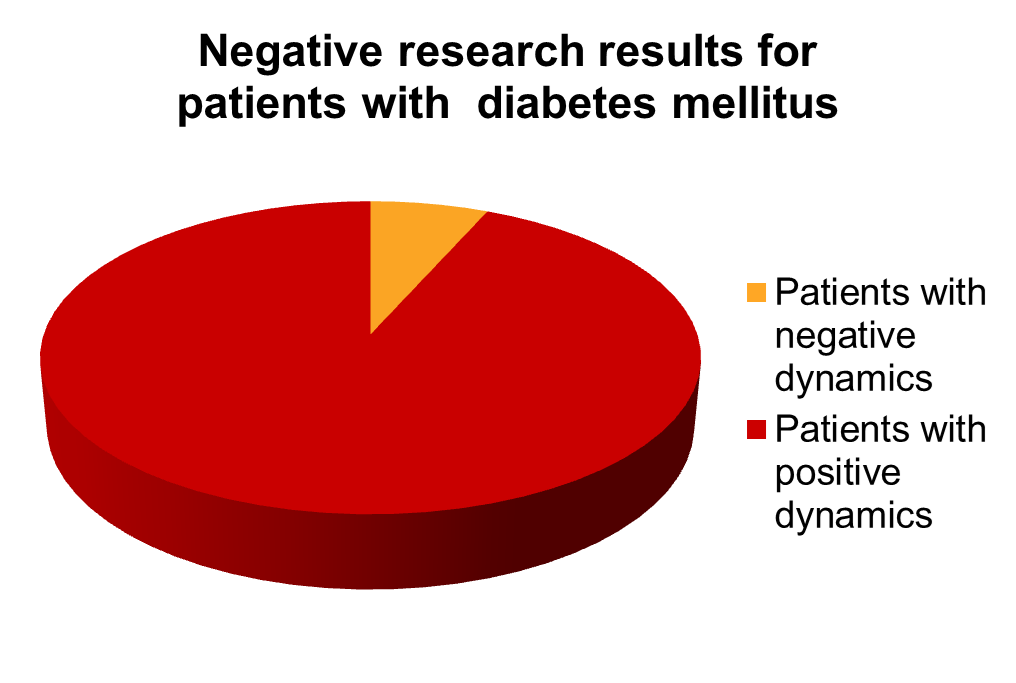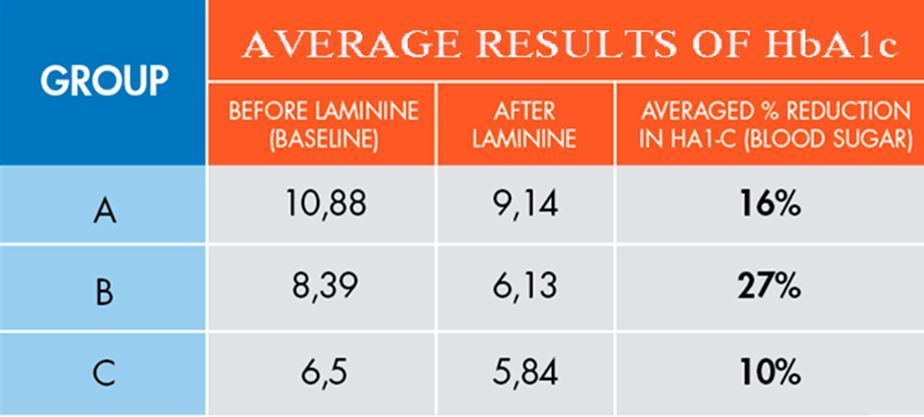
Abeuova Gulnara
Almaty Institute of Advanced Medical, Kazakhstan
Title: High-Normal Blood Sugar Levels Were Significantly Reduced In Ten Subjects Consuming A High Protein, Active Dietary Supplement For 12 Weeks
Biography
Biography: Abeuova Gulnara
Abstract
Metabolic syndrome is primarily a condition of middle aged populations but becoming more prevalent in younger populations. Its criteria are overweight, sedentary lifestyle, and “modern diets” of unhealthy foods. Diet and physical activity are the most modifiable behaviors. The metabolic syndrome is an entity, made up of a cluster of cardiovascular risk factors, which increases risk of future coronary type II diabetes, heart disease, and stroke. The prevalence runs about 20% in most westernized cultures. “Normal” blood sugar, as measured by HbA1-C, has a range of high-, medium- and low-normal ranges to indicate rising blood sugar. When the HbA1-C marker shows values in the high-normal range it indicates the subject is beginning to show abnormal blood sugar and/or insulin resistance. This early detection provides an interim whereby the individual may reverse the pattern. A clinical trial was conducted by the primary physician selecting ten subjects with high normal HbA1-C levels who were not taking medications to manage blood sugar. Subjects were informed about the dietary supplement Laminine (LifePharm Inc., Lake Forest, CA) which contains proprietary fertilized chicken egg extract, shark cartilage and pea protein powders. Subjects signed informed voluntary consent. Subjects were asked to refrain from taking other supplements and maintain routine dietary and exercise patterns. Subjects were instructed to consume two supplements in the morning and two in the evening daily for 12 weeks. A t-test for related samples was performed comparing baseline and 12 week final HbA1-C values showing a statistically significant decrease with a p value of 0.013. Results indicated four Laminine supplements consumed daily for 12 weeks supported lowering high-normal blood sugar values in this study. No untoward side effects were observed. Support for reducing high normal blood sugar with a safe, active dietary supplement warrants further investigations.



